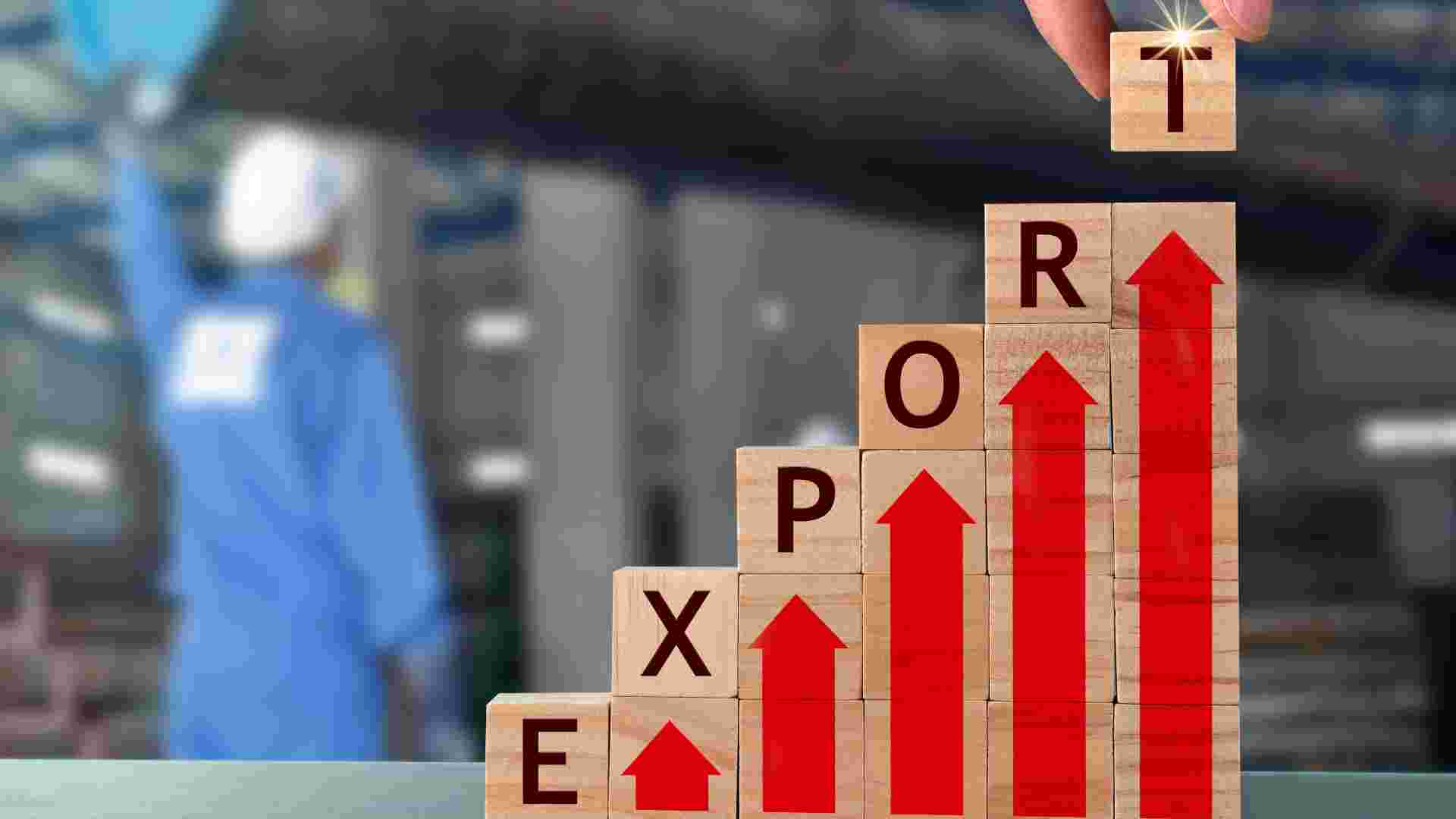![]()
Exploring Catalytic Converter Industry in India Amid DGFT Policy Influence
In recent years, India has emerged as a key player in the global automotive industry, and with it, the export of catalytic converters has gained significant traction. The Directorate General of Foreign Trade (DGFT) plays a pivotal role in shaping the export landscape, making it imperative to analyse how its policies impact the catalytic converter market. This blog provides a step-by-step process for DGFT Policies Impact on Indian Catalytic Converter Exports.
1. Understanding Catalytic Converters:
Catalytic converters, a critical component in vehicle exhaust systems, play an essential role in lowering harmful emissions. With the automotive industry undergoing a paradigm shift towards cleaner technologies, catalytic converters have become a focal point for manufacturers and exporters alike.
2. DGFT Policies and Regulatory Framework:
DGFT, as the apex body for formulating and implementing foreign trade policies in India, holds sway over the export dynamics of catalytic converters. Policies related to export promotion, licensing, and restrictions directly influence the industry’s trajectory.
3. Export Promotion Schemes:
DGFT introduces various export promotion schemes to boost outbound trade. The Merchandise Exports from India Scheme or MEIS and the Export Promotion Capital Goods or EPCG scheme are pertinent to the catalytic converter industry. MEIS offers exporters incentives based on their export performance, while EPCG facilitates the import of capital goods at concessional rates for catalytic converter manufacturers.
4. Licensing and Restrictions:
Catalytic converters often contain precious metals, making them subject to licensing and restrictions. DGFT regulates the export of such materials to ensure they are used judiciously and do not fall into the wrong hands. Compliance with these regulations is crucial for manufacturers to navigate the international market seamlessly.
5. Tariff and Trade Agreements:
DGFT’s involvement in tariff structures and trade agreements significantly influences the competitiveness of Indian catalytic converters in global markets. Negotiating favourable terms through Free Trade Agreements (FTAs) and strategic tariff revisions can open up new avenues for exports.
6. Impact on Small and Medium Enterprises (SMEs):
DGFT Policies’ Impact on Indian Catalytic Converter Exports also impacts small and medium enterprises (SMEs) in the catalytic converter sector. Streamlining export procedures and providing financial support through schemes like the Export Credit Guarantee Corporation (ECGC) can empower SMEs to participate actively in the global market.
7. Challenges and Opportunities:
While DGFT policies offer a framework for catalytic converter exports, challenges persist. Compliance with stringent environmental standards in target markets, fluctuating commodity prices, and geopolitical uncertainties pose challenges. However, these challenges also present opportunities for diversification, innovation and strategic collaborations.
Case Study: The Catalytic Converter Export Scenario in 2023:
Examining the current landscape, the catalytic converter export scenario 2023 reflects the interplay between DGFT policies and industry dynamics. With a renewed focus on sustainability and green technologies, Indian exporters are capitalising on DGFT’s export promotion schemes to gain a competitive edge.
Conclusion: DGFT Policies’ Impact on Indian Catalytic Converter Exports
In conclusion, the catalytic converter export landscape from India is intricately linked to the policies formulated by DGFT. As the automotive industry evolves, so too must the policies governing its trade. Analysing and understanding these policies is imperative for manufacturers and exporters to navigate the global market successfully. The catalytic converter industry in India stands at a crucial juncture, and with proactive engagement with DGFT, it can continue to drive sustainable growth on the international stage.





